Collection of the Chinese palace lanterns
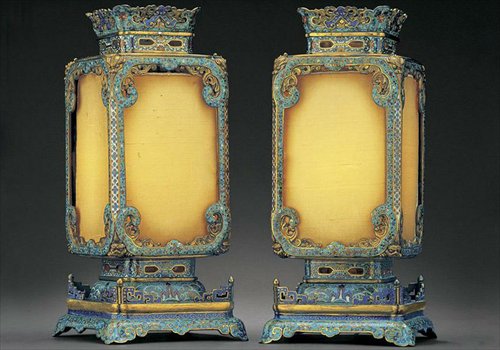
A pair of enamel palace lanterns from the Qing Dynasty (1644-1911) sold for 967,500 yuan ($124,038) at the CHRISTIE'S Hong Kong 2007 Autumn Auctions. The Chinese palace lantern, also known as Gongdeng, is one of the traditional folk artworks that could be used only in the imperial palace. These exquisite lanterns seem to be decorations more than lighting tools. (Photo/artron.net)
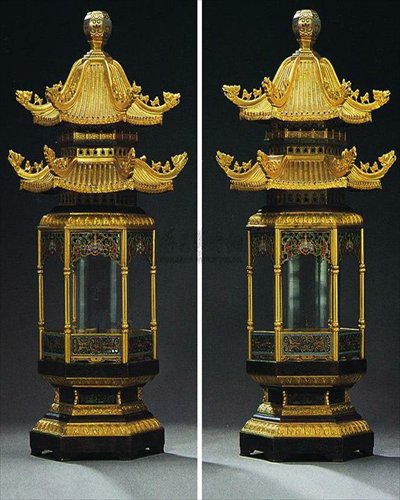
A pair of gilding palace lanterns from the Qing Qianlong period sold for 506,680 yuan ($61,282) at the CHRISTIE'S Hong Kong 2002 Spring Auctions. During the Sui Dynasty (AD 581-618), the emperor ordered the whole capital city be decorated with palace lanterns on the 15th day of the first month in the lunar calendar, also known as the Lantern Festival. Since then, the Chinese decorate homes with lanterns on that day. (Photo/artron.net)
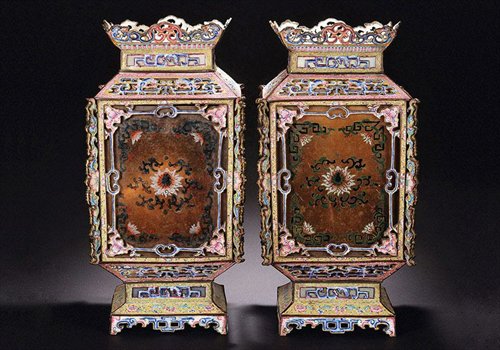
A pair of copper-based palace lanterns from the Qing Qianlong period sold for 977,500 yuan ($146,625) at the Polly International Auctions. (Photo/artron.net)
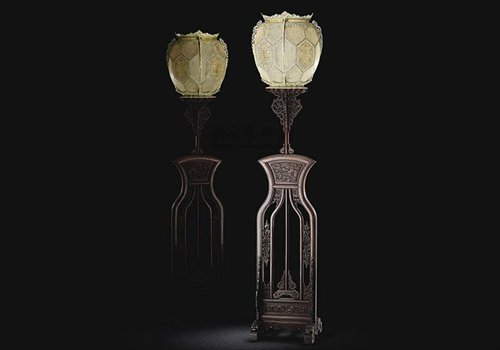
A pair of ivory palace lanterns dating from the Qing Qianlong period. (Photo/artron.net)
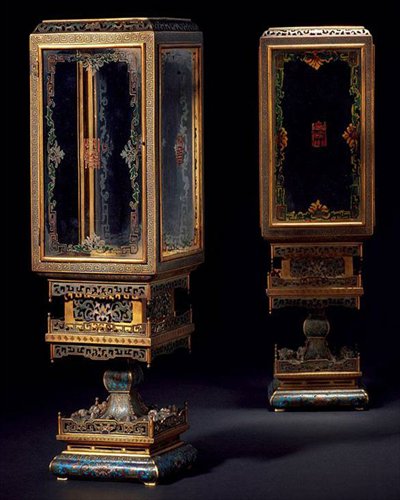
A pair of copper-based palace lanterns from the Qing Qianlong period sold for 3,450,000 yuan ($517,500) at an auction in Shanghai. (Photo/artron.net)
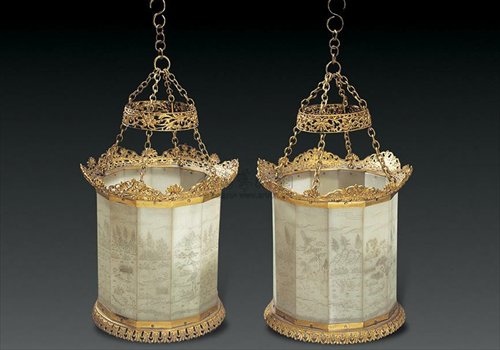
These Qing Dynasty lanterns sold for 550,000 yuan ($68,154) at an auction in 2006. (Photo/artron.net)

A pair of gilt-copper palace lanterns from the Qianlong period sold for 336,000 yuan ($50,400) at the Polly International Auctions. (Photo/artron.net)
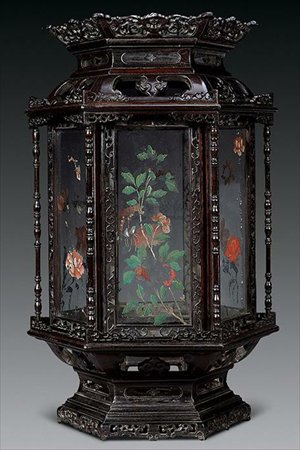
A sandalwood palace lantern from the Qianlong period sold for 392,000 yuan ($58,800) at an auction in 2009. (Photo/artron.net)